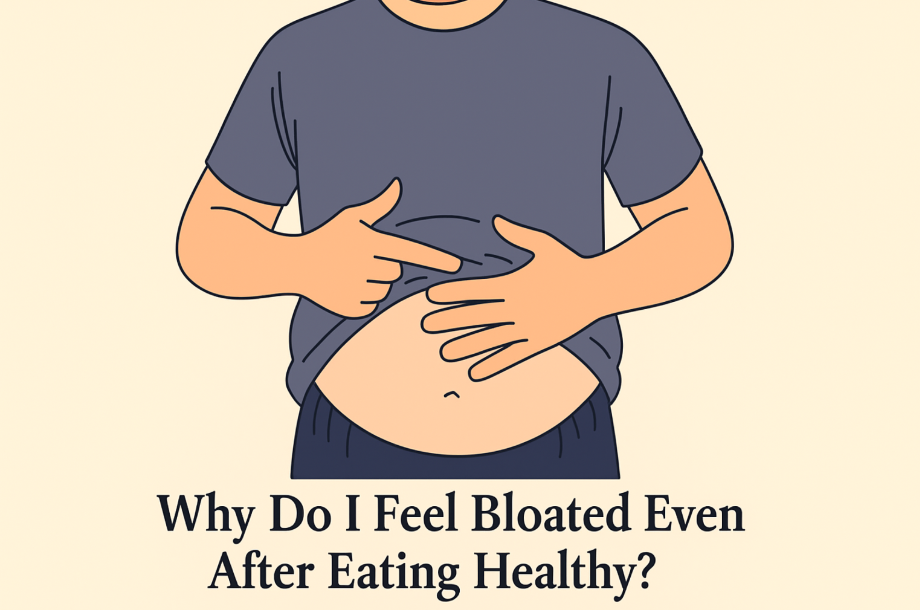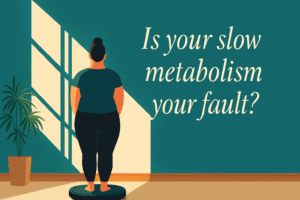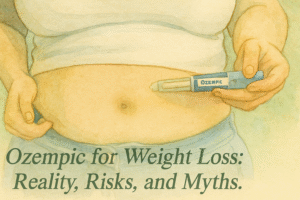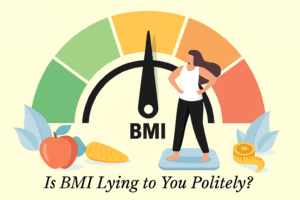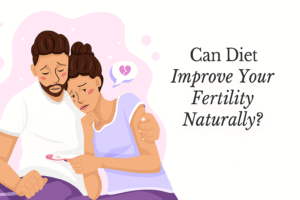About 1 in 6 adults report bloating at least once per week, with higher rates in women and people who have functional gut disorders. Though not life threatening, people usually ask DTPS; why do they feel bloated after eating healthy.
“You’ve swapped fried snacks for healthy salads, switched to millet rotis, started sipping refreshing juices” and yet your stomach feels like a balloon. Bloating after eating “healthy” is a common complaint, and the reasons are more complex than just overeating. Let’s break it down.
What Exactly Is Bloating?
But what is Bloating and how do you recognize it? It is a feeling of fullness, tightness, or swelling in the stomach. It is caused by excess gas, slow digestion, or water retention. Though often temporary, but if frequent, it signals something deeper.
‘Nearly 17% of adults report bloating weekly in population-based studies, but in people with IBS or functional gut disorders, it shoots up to 70%+. Most bloating is harmless, but frequent episodes aren’t “just in your head”, so act up and consult a doctor’ – says DTPS.
Why Healthy Foods Can Cause Bloating
a) High-Fiber Overload
Sudden increase in fiber (whole grains, beans, lentils, leafy greens) produces more gas during digestion.
Fiber is good, but too much at once overwhelms your gut.
DTPS tells, “Fiber is protective for heart and colon health, but a sharp jump in intake leads to excess fermentation by gut microbes, releasing hydrogen and methane. Controlled trials confirm that gradual fiber introduction reduces bloating while still giving long-term benefits but sudden increase in fiber (whole grains, beans, lentils, leafy greens) produces more gas during digestion. So, don’t overwhelms your gut.
b) Fermentable Foods (FODMAPs)
Foods rich in FODMAPs (fermentable carbs) like apples, onions, garlic, broccoli, cauliflower, beans. They ferment in the gut producing excess gas and eventually bloating.
DTPS adds, “The low-FODMAP diet is one of the best-studied interventions for IBS-related bloating. Trials show it reduces bloating in 50–70% of patients, but experts warn it should be a short-term, structured elimination diet, not a lifelong ban on healthy foods.”
c) Dairy Dilemma
Even “healthy” yogurt, paneer, or milk can trigger bloating if you’re lactose intolerant (common in South Asians).
“65–70% of the global population has some degree of lactose malabsorption, but lactose intolerance remains an overlooked cause of recurrent bloating.”- stated DTPS.
d) Artificial Sweeteners
“Sugar-free” or “diet” snacks with sorbitol, xylitol, stevia blends can cause gas and discomfort.
Polyols (the “P” in FODMAPs) are poorly absorbed sugar alcohols that pull water into the gut and ferment rapidly, causing bloating, cramps, and even diarrhea. Even small amounts in “sugar-free” gum or protein bars can trigger symptoms in sensitive guts.
e) Eating Habits, Not Just Food
Aerophagia (excessive air swallowing) is a recognized clinical cause of functional bloating. Studies show behavioral modification (slower eating, less gum, smaller bites) can significantly reduce post-meal distension without changing diet at all.
Conclusion-
Bloating isn’t always about that extra bowl of rajma. Sometimes, it’s your gut sending signals about deeper issues. The good news? Most cases aren’t dangerous, and with the right tweaks from low-FODMAP swaps to stress management, you can deflate the discomfort. And remember, while 1 in 6 adults deal with weekly bloating, persistent or painful episodes deserve medical attention, not just kitchen remedies. Treat your gut like a partner, not an enemy, it’s usually telling you exactly what it needs.

